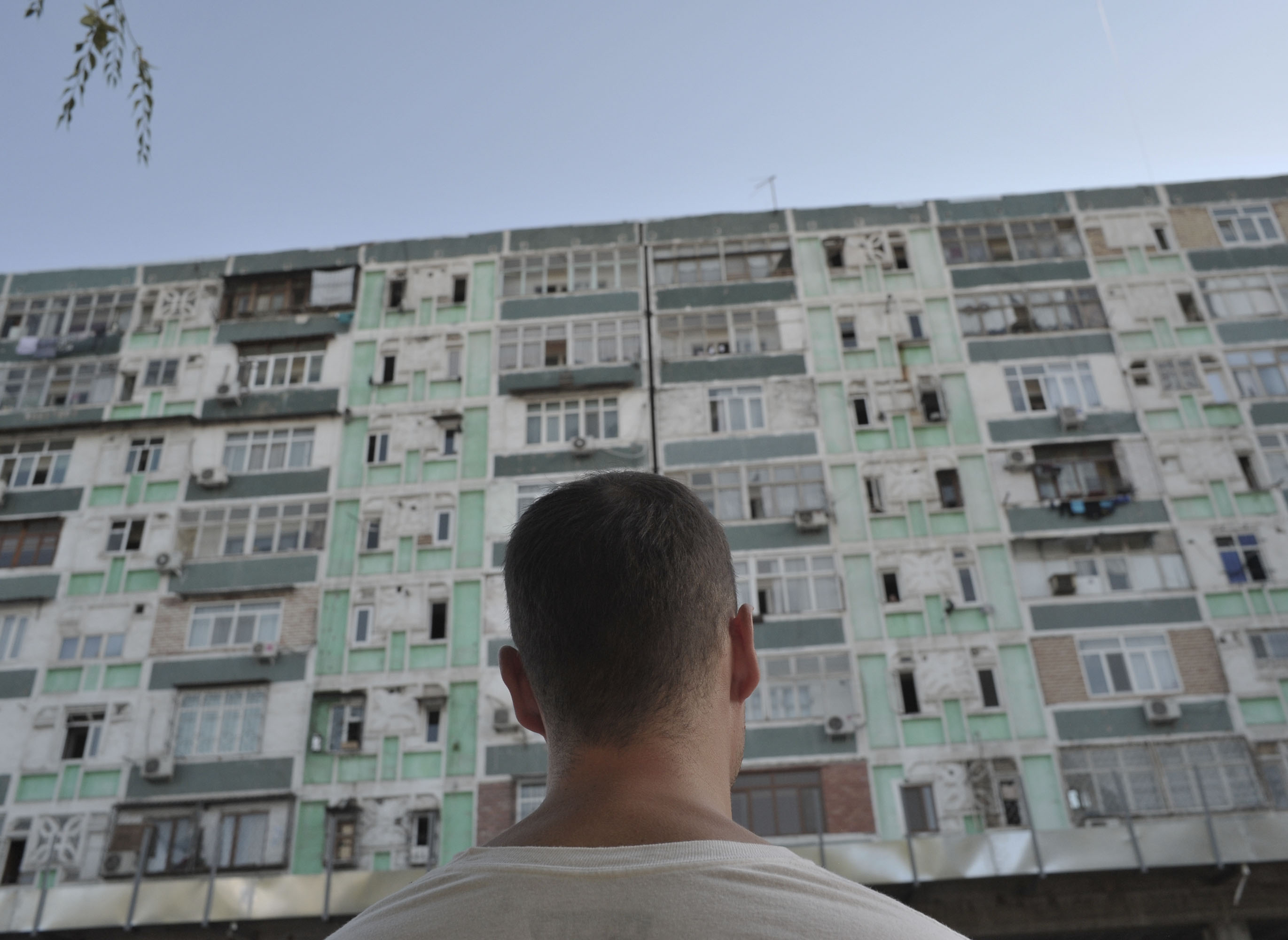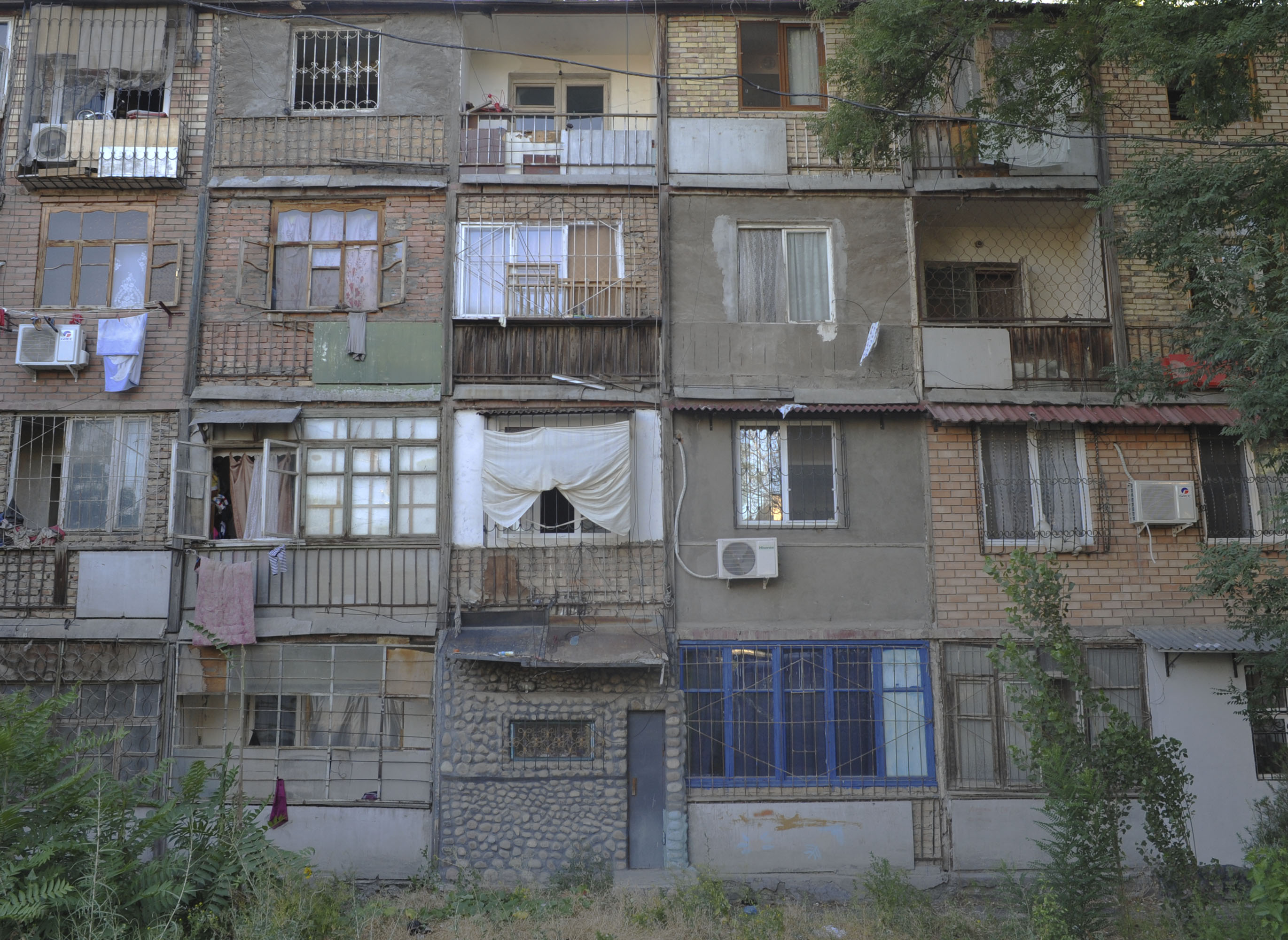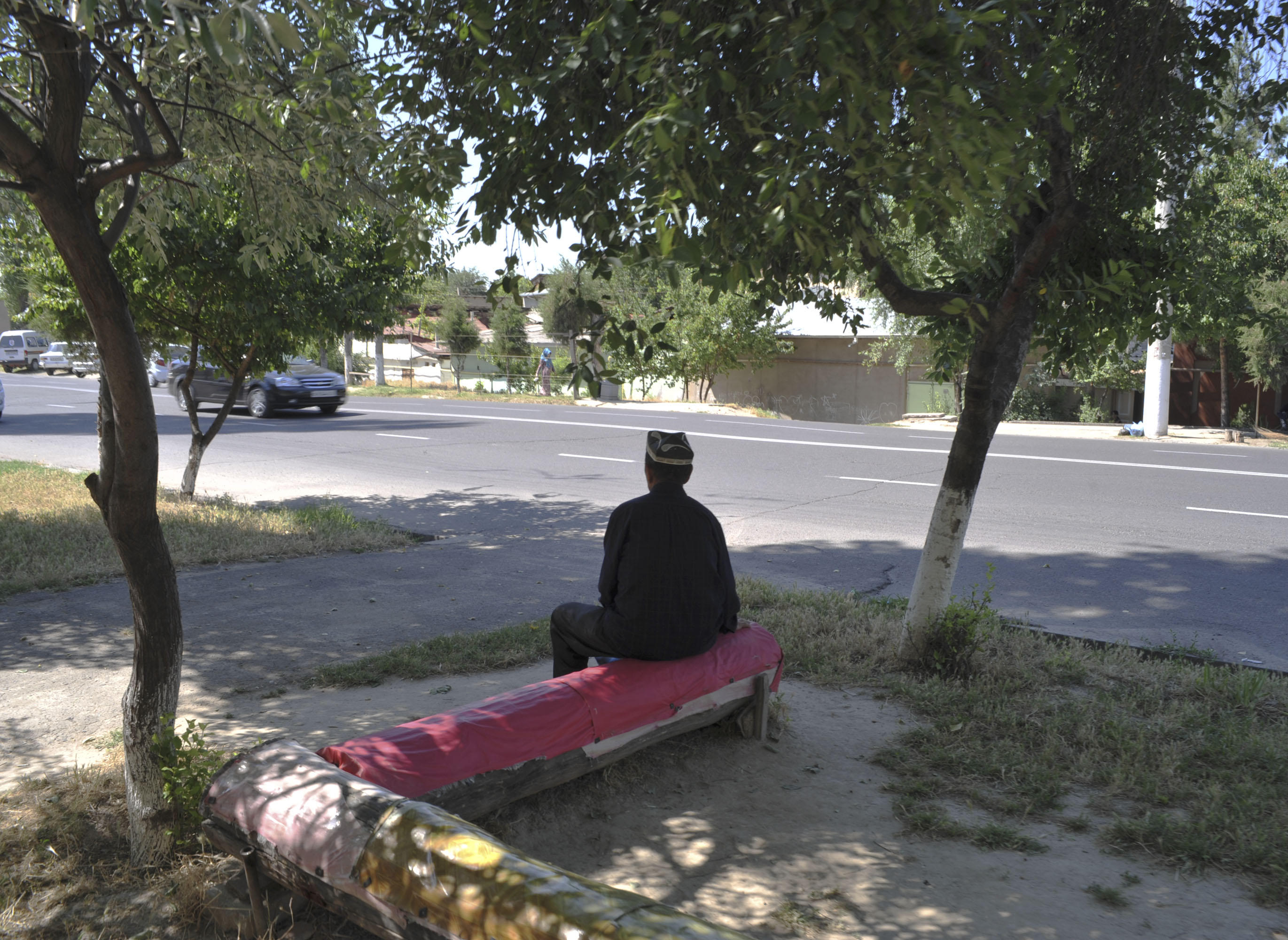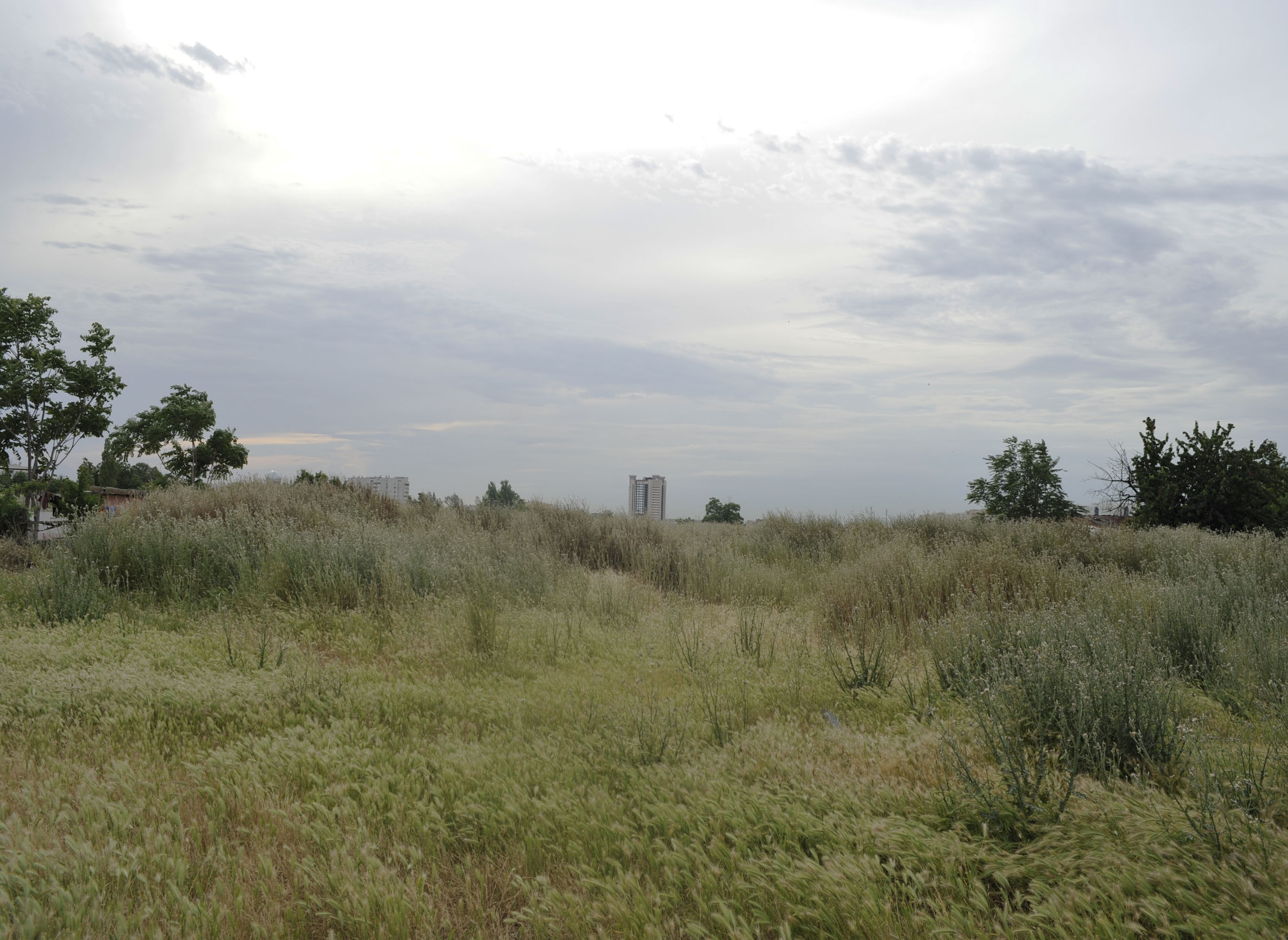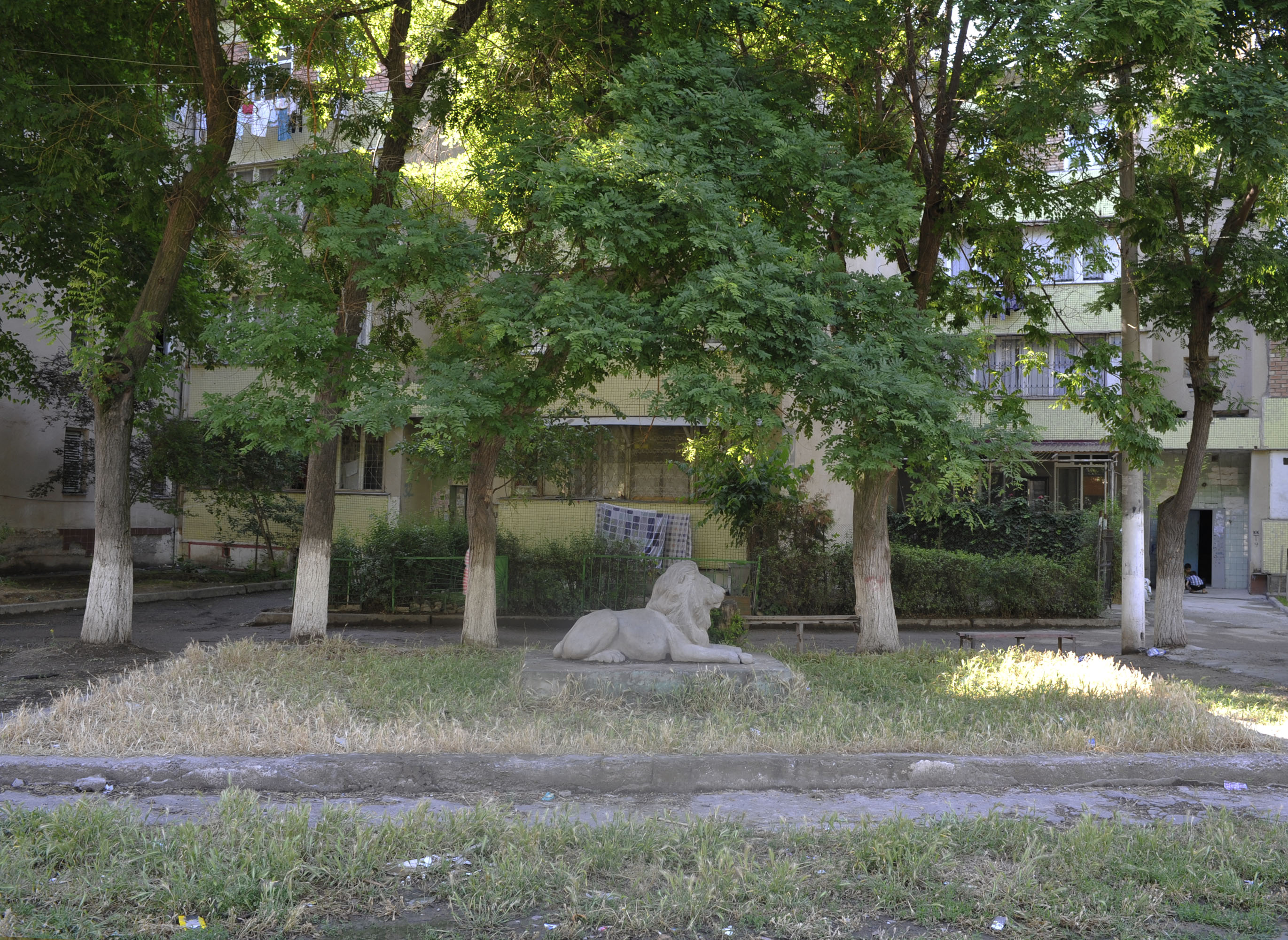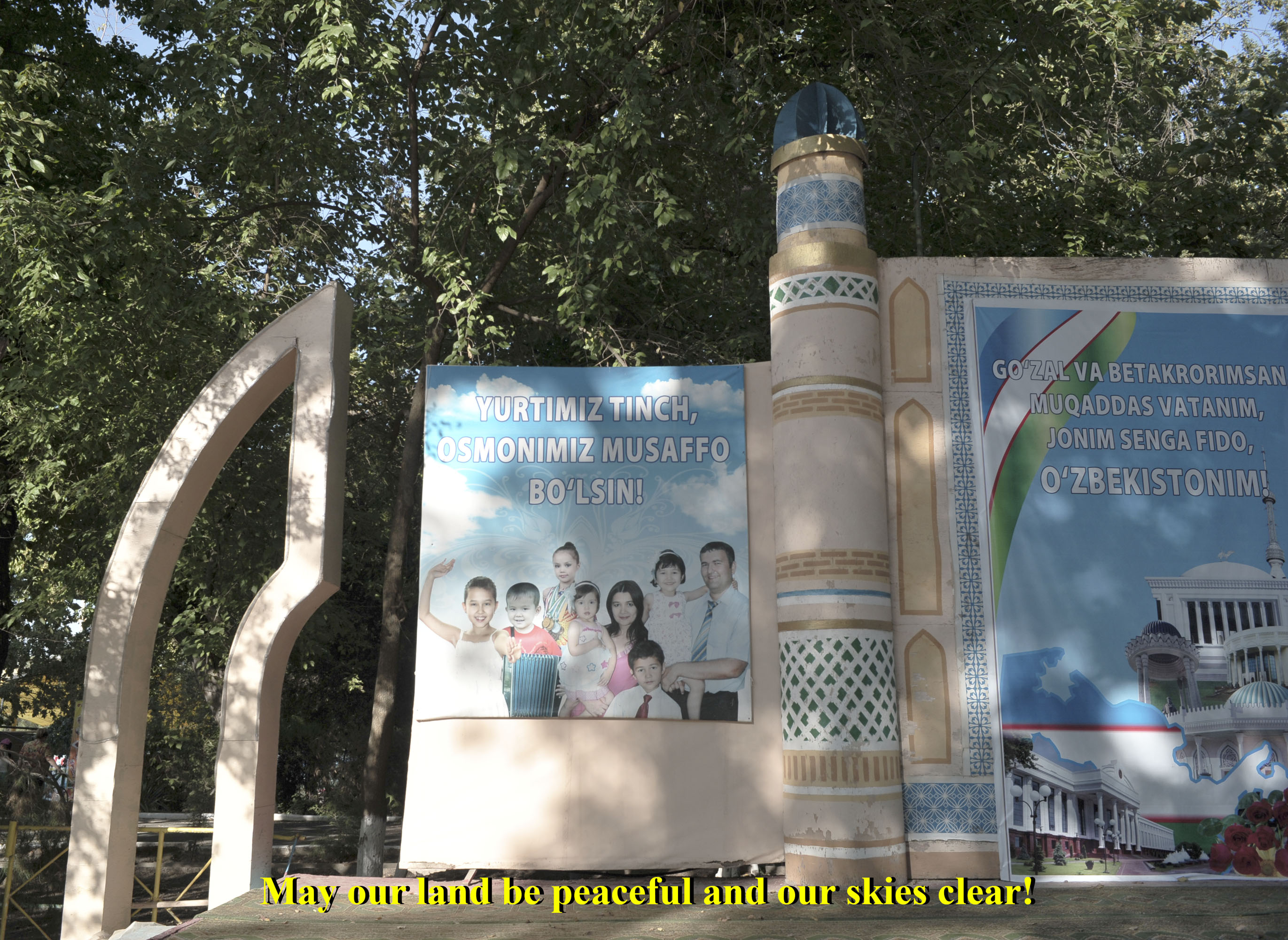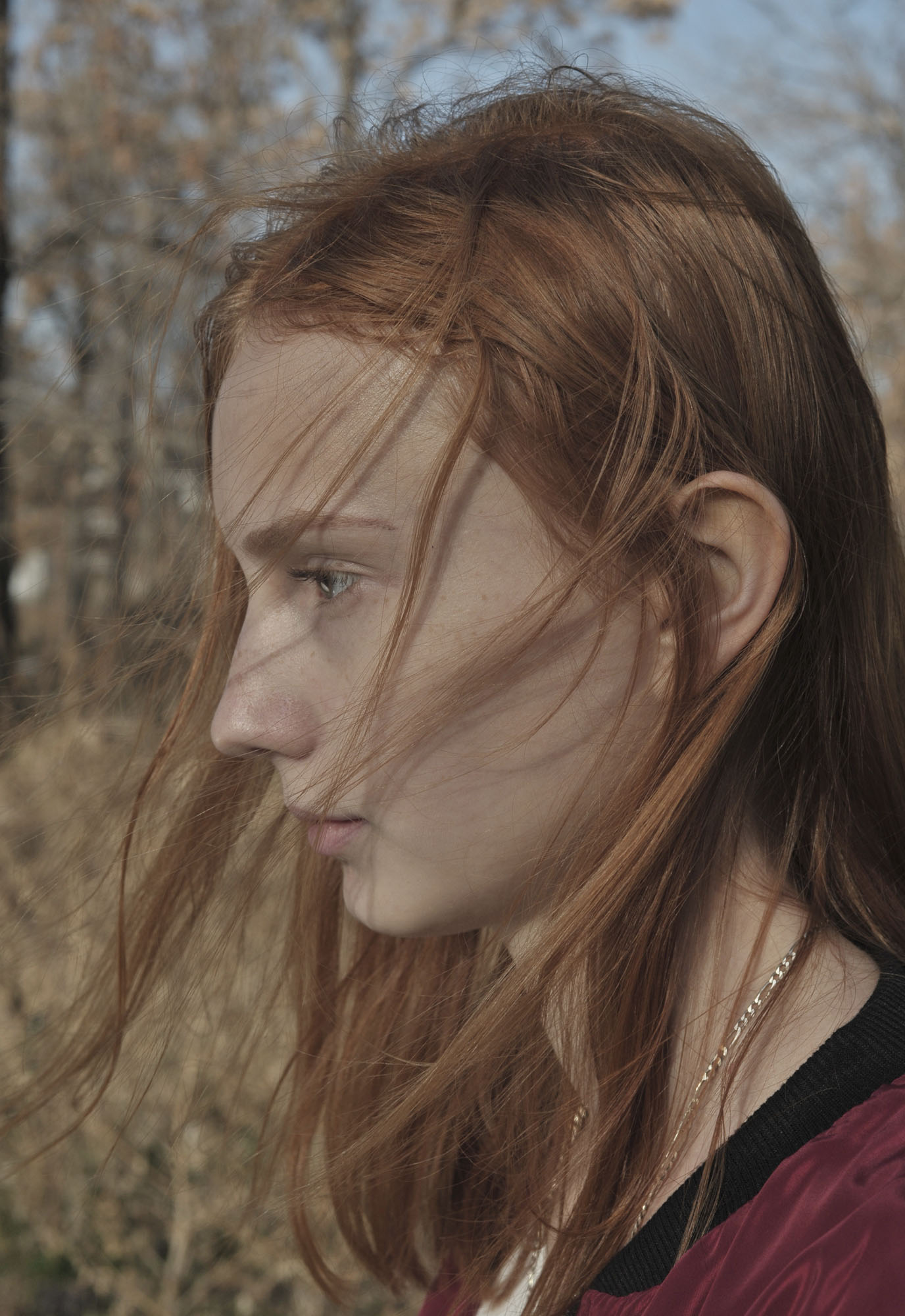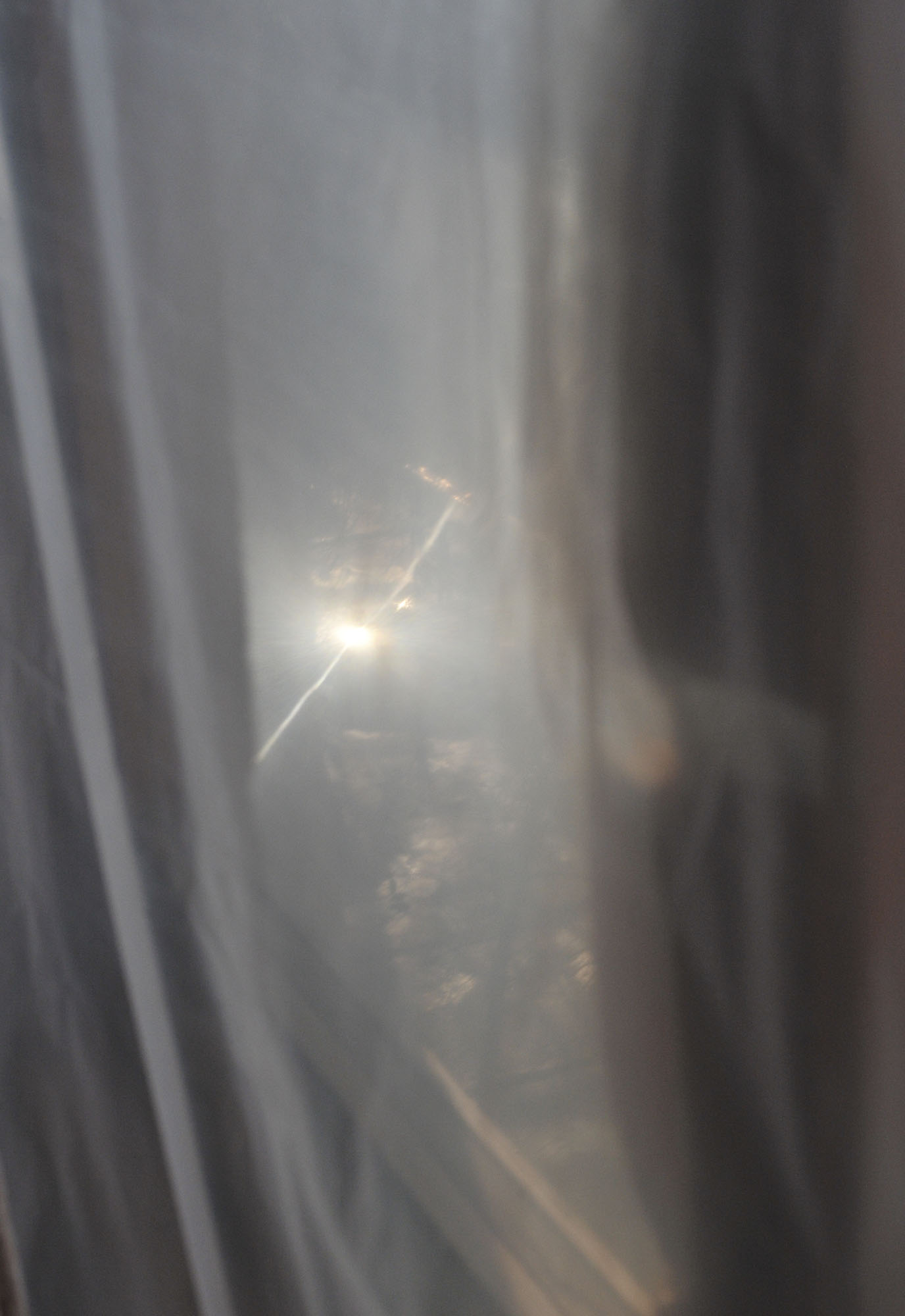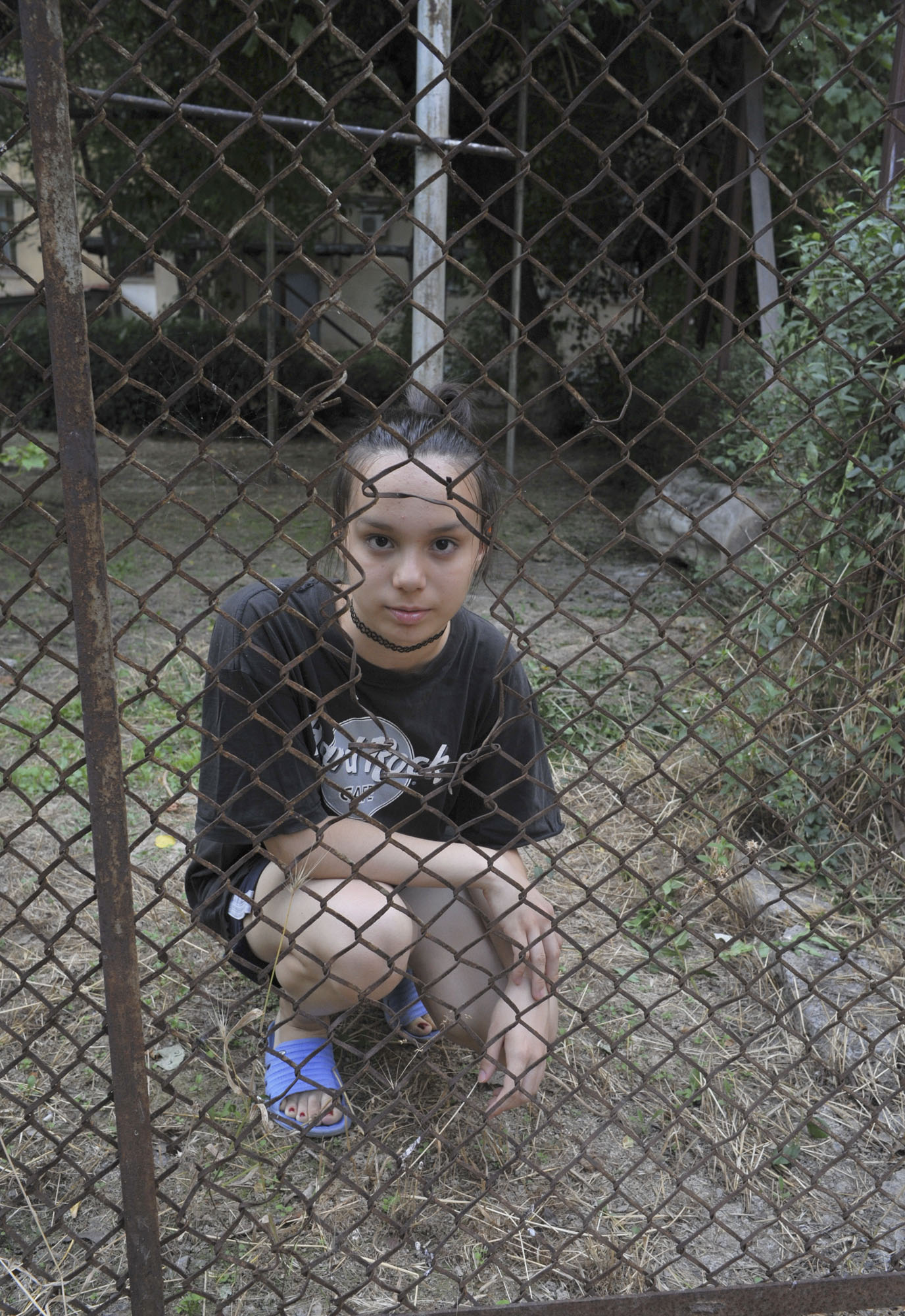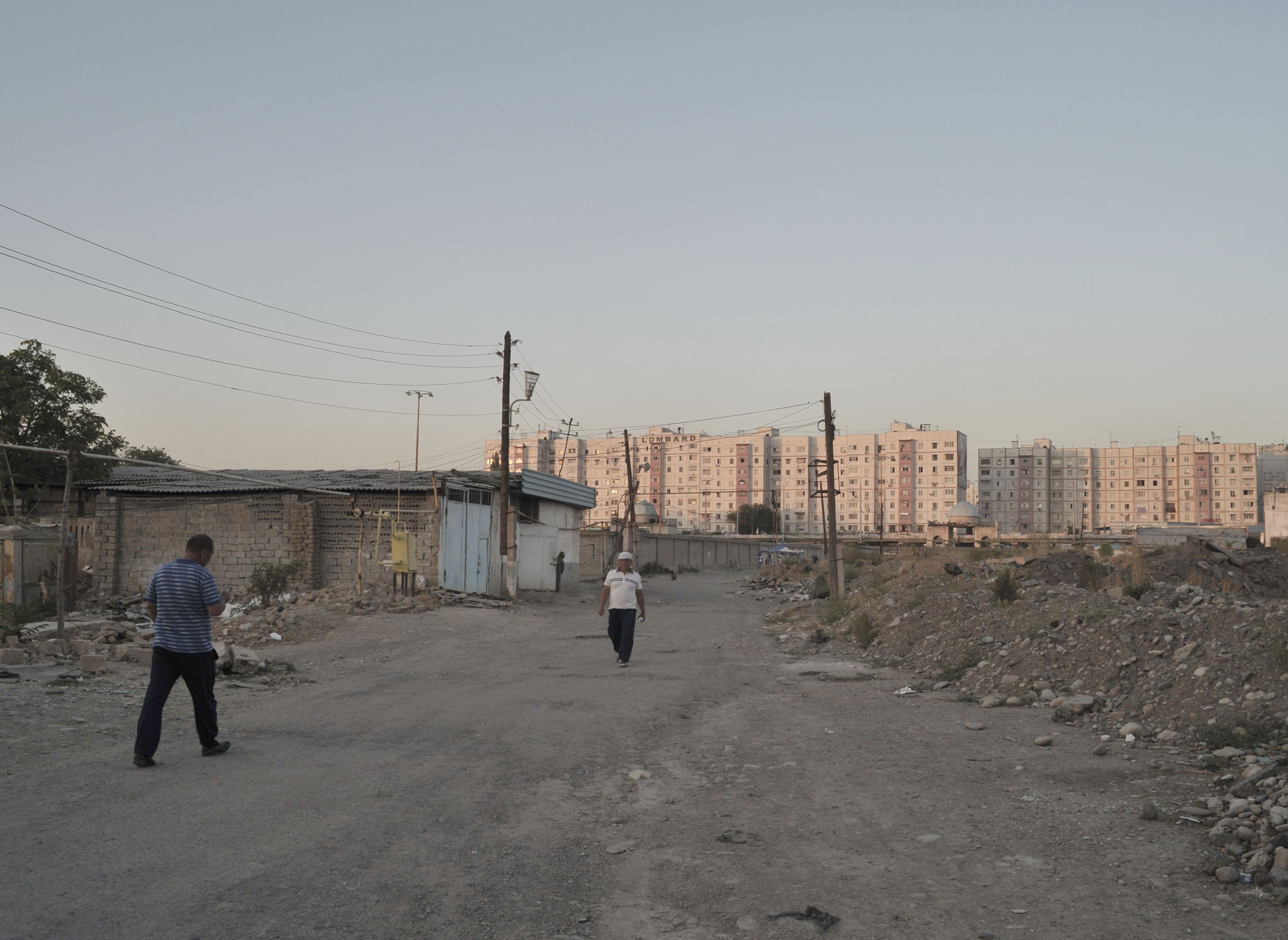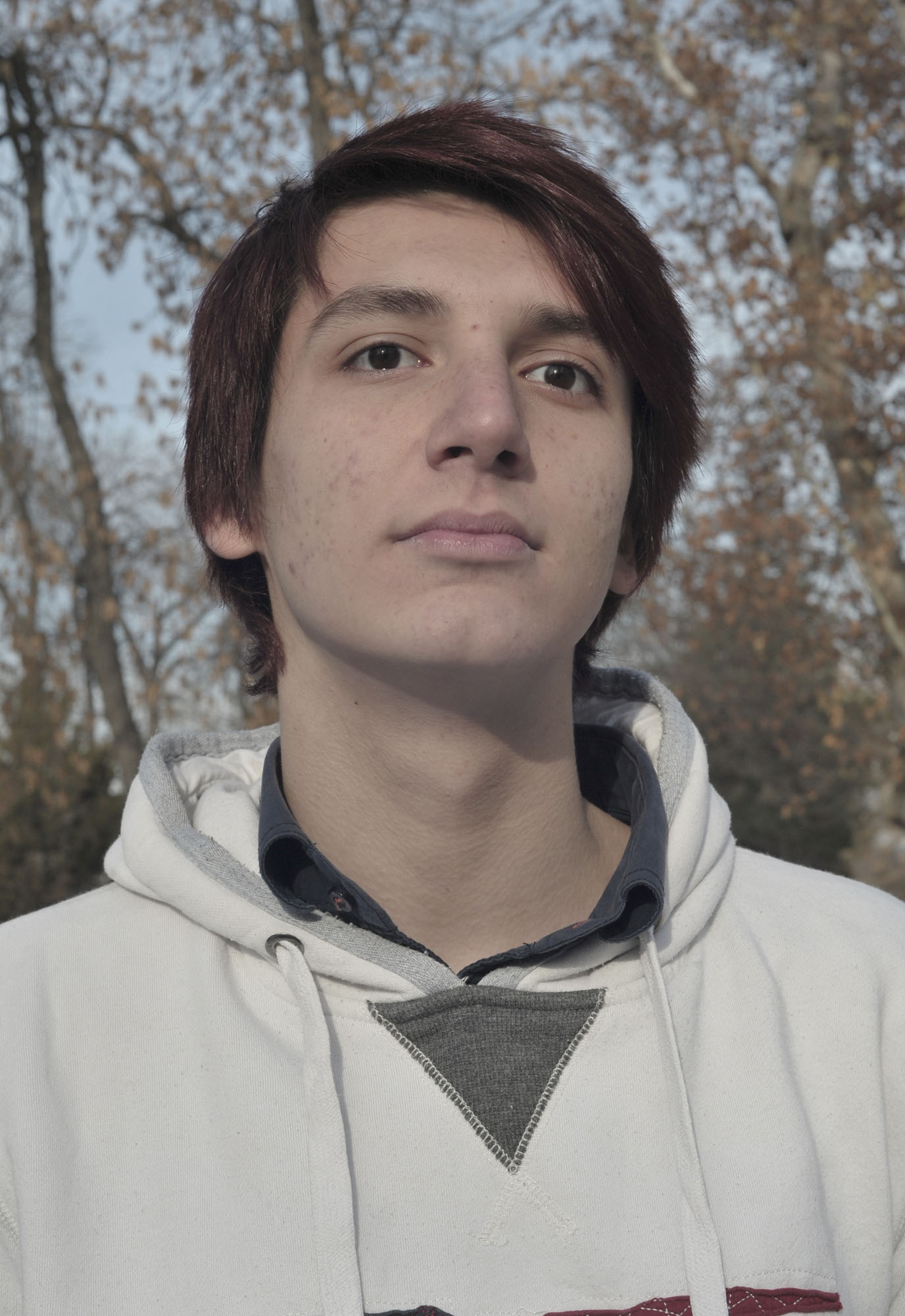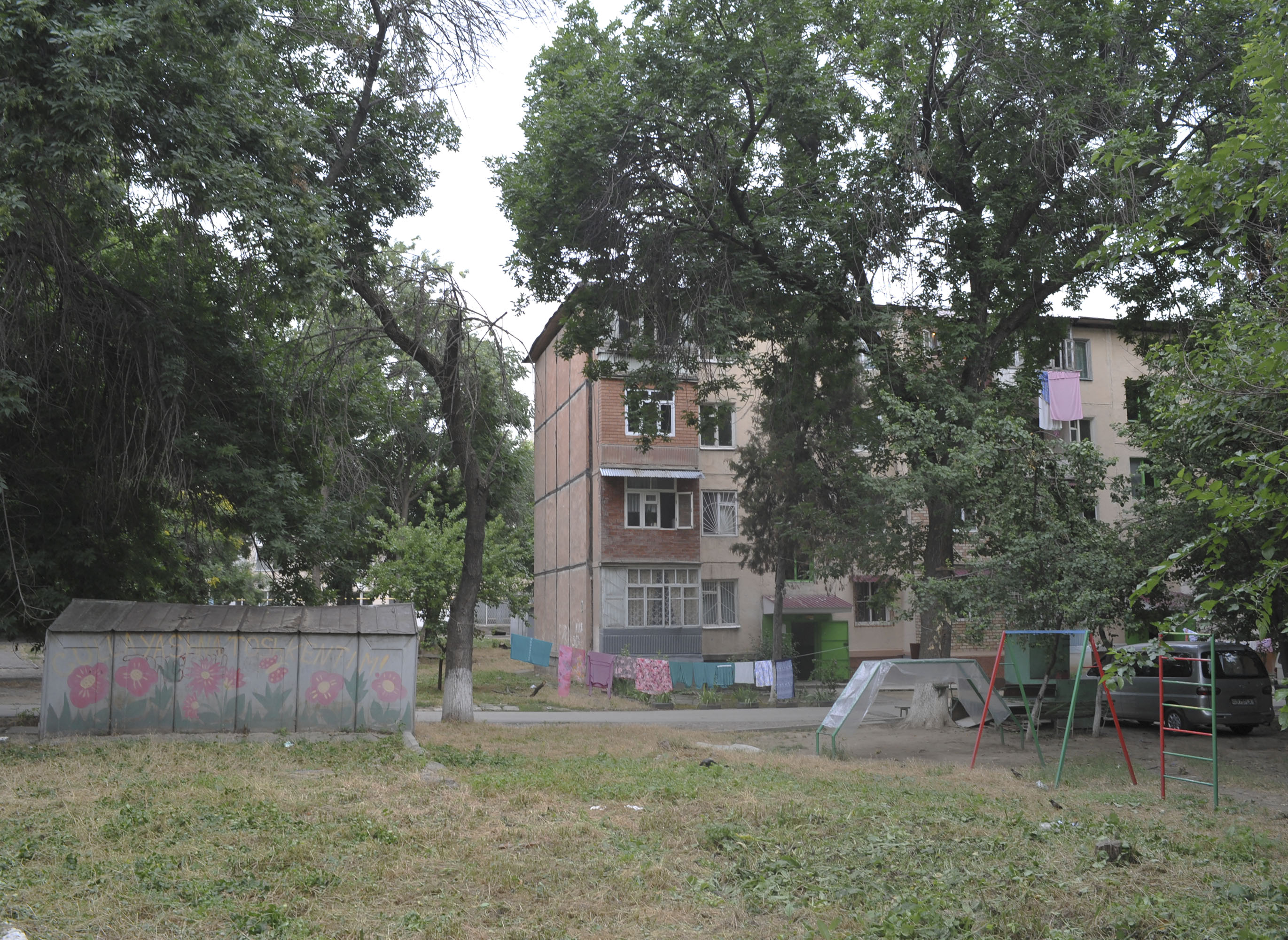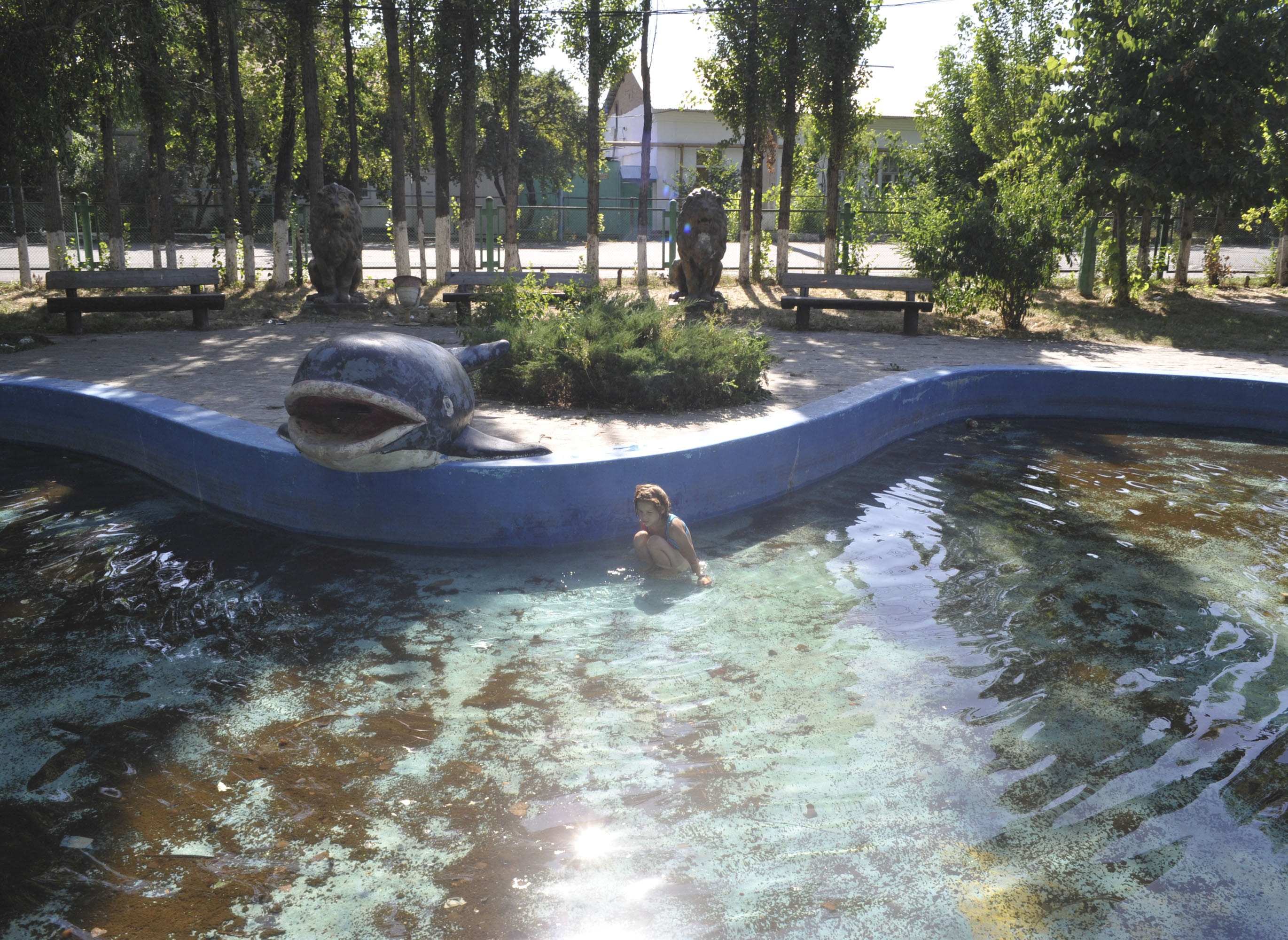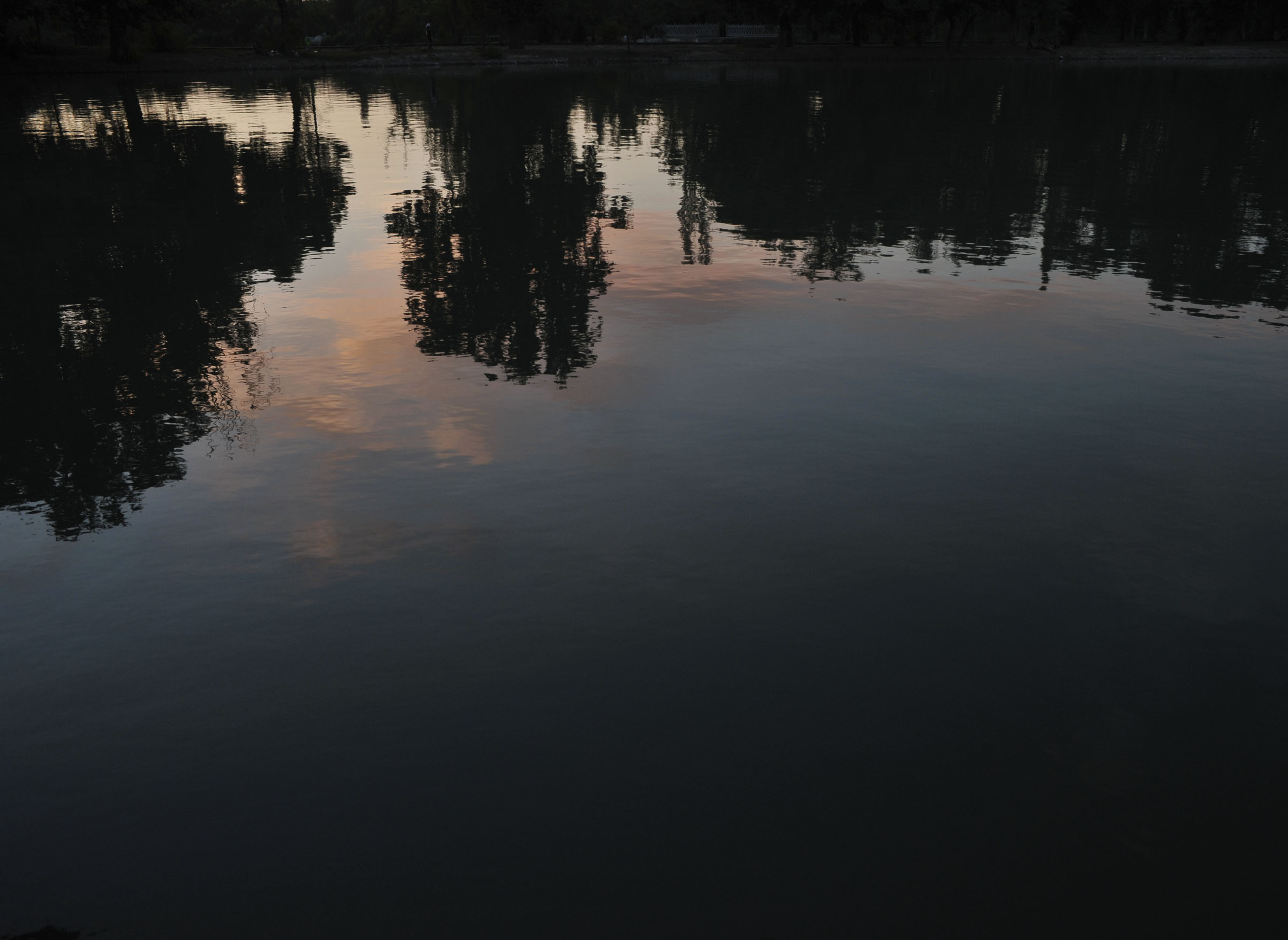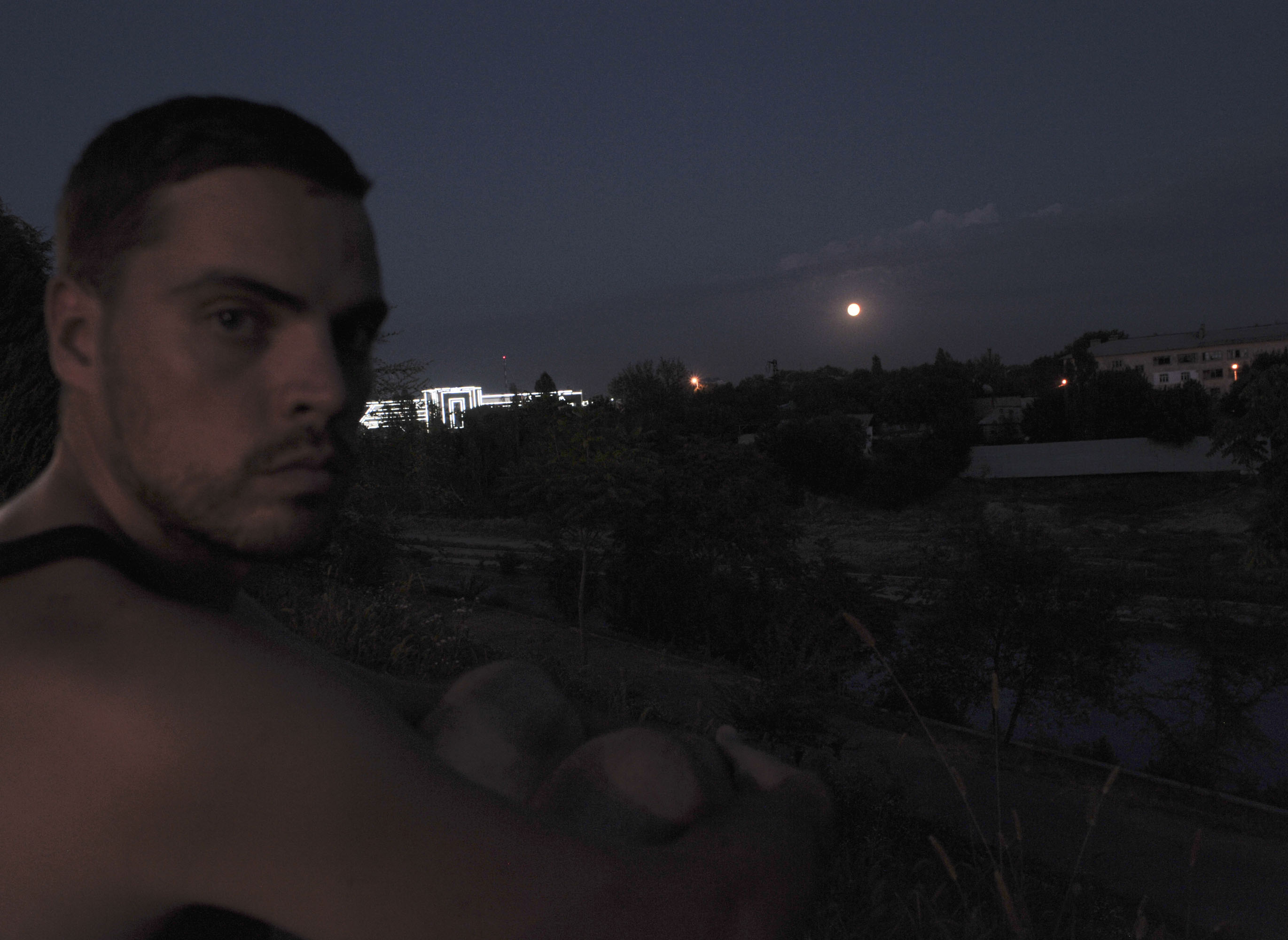Tashkent. Youth
2016
After the
earthquake in April 1966, which destroyed the central part of the
city, Tashkent began to change its architectural appearance; brick and concrete
high-rise buildings lined up and rose into the sky, leaving old Tashkent in the
legends. Colonized by the Russian Empire at the end of the nineteenth century
and industrialized during the Soviet era, it acquired more and more new faces,
identities, dramas, and cultures; one day my family ended up here too.
In the late
nineties, I clearly remember how Tashkent became my best friend. Being a
teenager, with no friends, my city could always listen to my stupid thoughts
and grievances. After the lessons at the school, which I endlessly hated, the
afternoon sun pleasantly illuminated my face, and the shadows of the trees
obeyed the light. With their long arms, they invited me into unknown
courtyards. I got lost in them, watching the windows, imagining how behind
them, people celebrate New Year’s Eve or someone’s birthday. Tashkent air
filled my lungs with the smell of hope. When the country was being tested by
new times, in my dark moments, I lived in a fantastic city, in the territory of
light especially on Sundays, when the city was noticeably empty and I could wander
around, talking to myself.
Many years later,
I photographed the streets of my city in 2016. Tashkent is changing noticeably.
I can no longer breathe as freely as before. By this time, the country is
increasingly withdrawing into itself, but my city still radiates warmth; it is
still the same friend. In the skies, with clouds slowly floating overhead, I
hear the melodies of my teenage dreams, which, I guess, became these clouds. In
the faces of Tashkent’s youth, whose portraits I make for the series, I
unconditionally recognize myself - the same anxiety mixed with hopes and a big
dream. The city tells me to photograph now—to photograph more. And then I step
into an unknown courtyard, as if into some timeless portal to eternity, where
everything is familiar to me.



